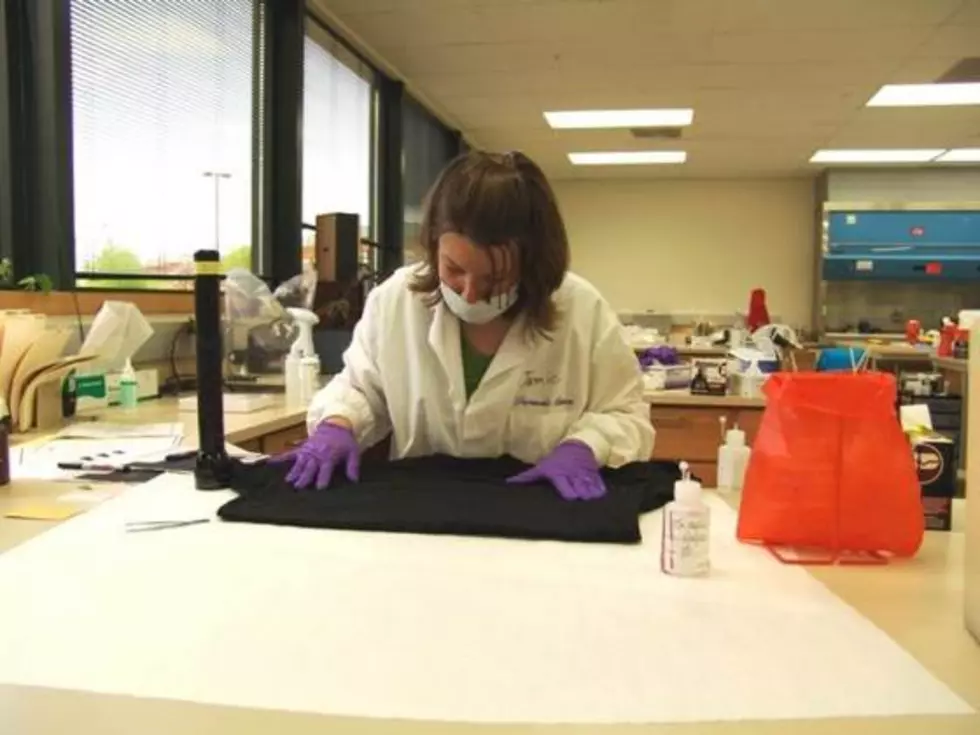
Two Comets Safely Fly Past Earth Today & Tomorrow
Two comets that will safely fly past Earth today and tomorrow may have more in common than their intriguingly similar orbits. They may be twins of a sort.
Comet P/2016 BA14 was discovered on Jan. 22, 2016, by the University of Hawaii's PanSTARRS telescope. It was initially thought to be an asteroid, but follow-up observations by a University of Maryland and Lowell Observatory team with the Discovery Channel Telescope showed a faint tail, revealing that the discovery was, in fact, a comet. The orbit of this newly discovered comet, however, held yet another surprise. Comet P/2016 BA14 follows an unusually similar orbit to that of comet 252P/LINEAR, which was discovered by the Massachusetts Institute of Technology's Lincoln Near Earth Asteroid Research (LINEAR) survey on April 7, 2000. The apparent coincidence may be an indication of twin nature in that comet. The two comets may have fragmented off sometime in the larger comet's past.
The time of closest approach for comet 252P/LINEAR on March 21 will be around 5:14 a.m. PDT (8:14 a.m. EDT). The time of closest approach for P/2016 BA14 on March 22 will be around 7:30 a.m. PDT (10:30 a.m. EDT). While both comets will safely fly past at relatively close distances, anyone hoping to see them will need powerful, professional-grade telescopes, due to their relatively small size.
The approaches of these two comets will be the closest they come to Earth for the foreseeable future: March 22 will be the closest comet P/2016 BA14 gets to us for at least the next 150 years. The CNEOS website has a complete list of recent and upcoming close approaches, as well as all other data on the orbits of known NEOs, so scientists and members of the media and public can track information on known objects.
More From KMMS-KPRK 1450 AM
![How to Watch the NASA Asteroid Crash [LIVE or VIDEO]](http://townsquare.media/site/13/files/2022/09/attachment-bryan-goff-KFCPopx2icU-unsplash.jpg?w=980&q=75)








